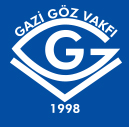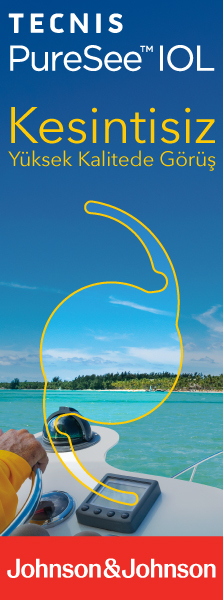Materials and Methods: 75 eyes of 75 cases, subjected to a minimum observation period of 8 months with CRVO diagnosis at Ophthalmology Department, Retina Unit, who did not have an ocular surgery and trauma background, were taken into assessment retrospectively. These eyes were classified as "ischemic" and "non-ischemic" CRVO on the basis of angiographic characteristics and the findings in the observation period. Each case has been evaluated in terms of age, gender, hypertension, diabetes and existence of glaucoma, hypermetropia, pseudoexfolation and panretinal photocoagulation treatment in eyes with CRVO, and the effects of these factors on development of ischemic CRVO and NVG were investigated. Mann-Whitney U test and logistic regression analysis were used in the statistical assessment.
Results: 75 cases with an average age of 65.7±8.9 had a mean observation period of 31.1±33.9 months. They subdivided into nonischemic type in 40 eyes (%53.3) and ischemic type in 35 eyes (%46.7). NVG was developed in 17 eyes (%22.6). It was determined that the age, gender, hypertension, hypermetropia and pseudoexfolation did not constitute a risk factor for NVG development (p>0.05), however panretinal photocoagulation treatment reduced the risk of NVG (p = 0.003) while the existence of diabetes increased the risk of NVG development (p=0.042).
Conclusion: In conclusion, while panretinal photocoagulation treatment decreased retinal ischemia and reduced the rate of development of NVG, existence of diabetes constituted a risk factor for NVG development even if not accompanied by diabetic retinopathy.
Keywords : Central retinal vein occlusion, neovascular glaucoma, panretinal photocoagulation.




